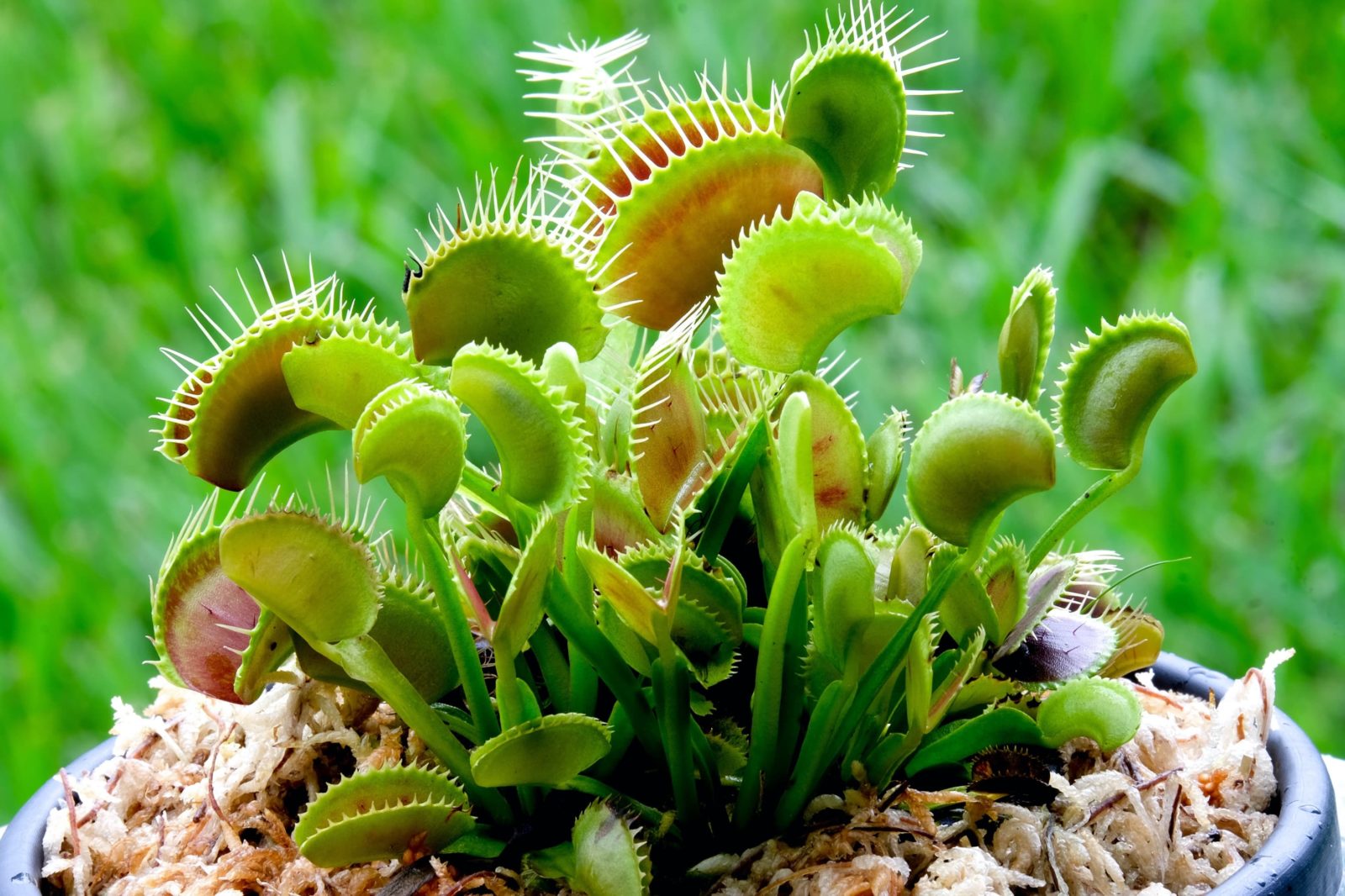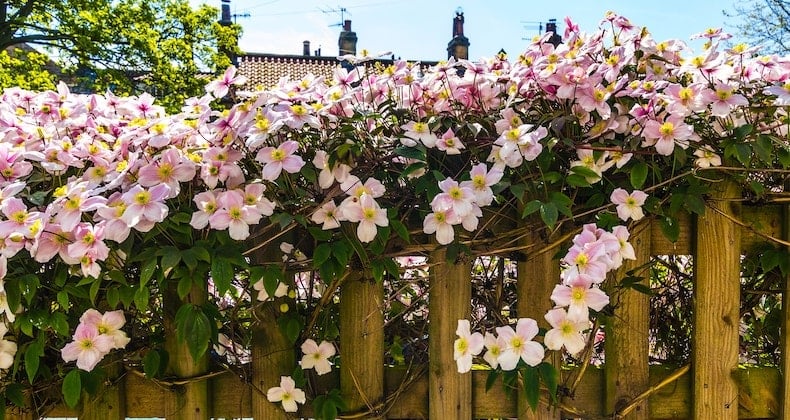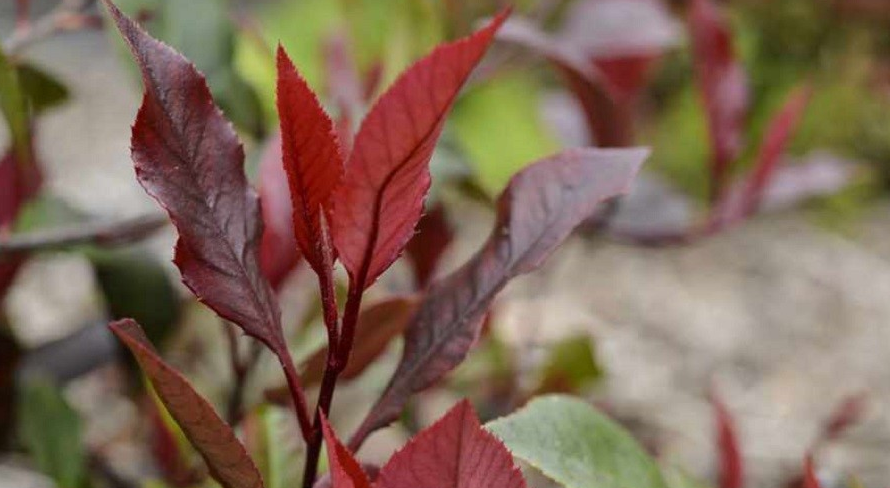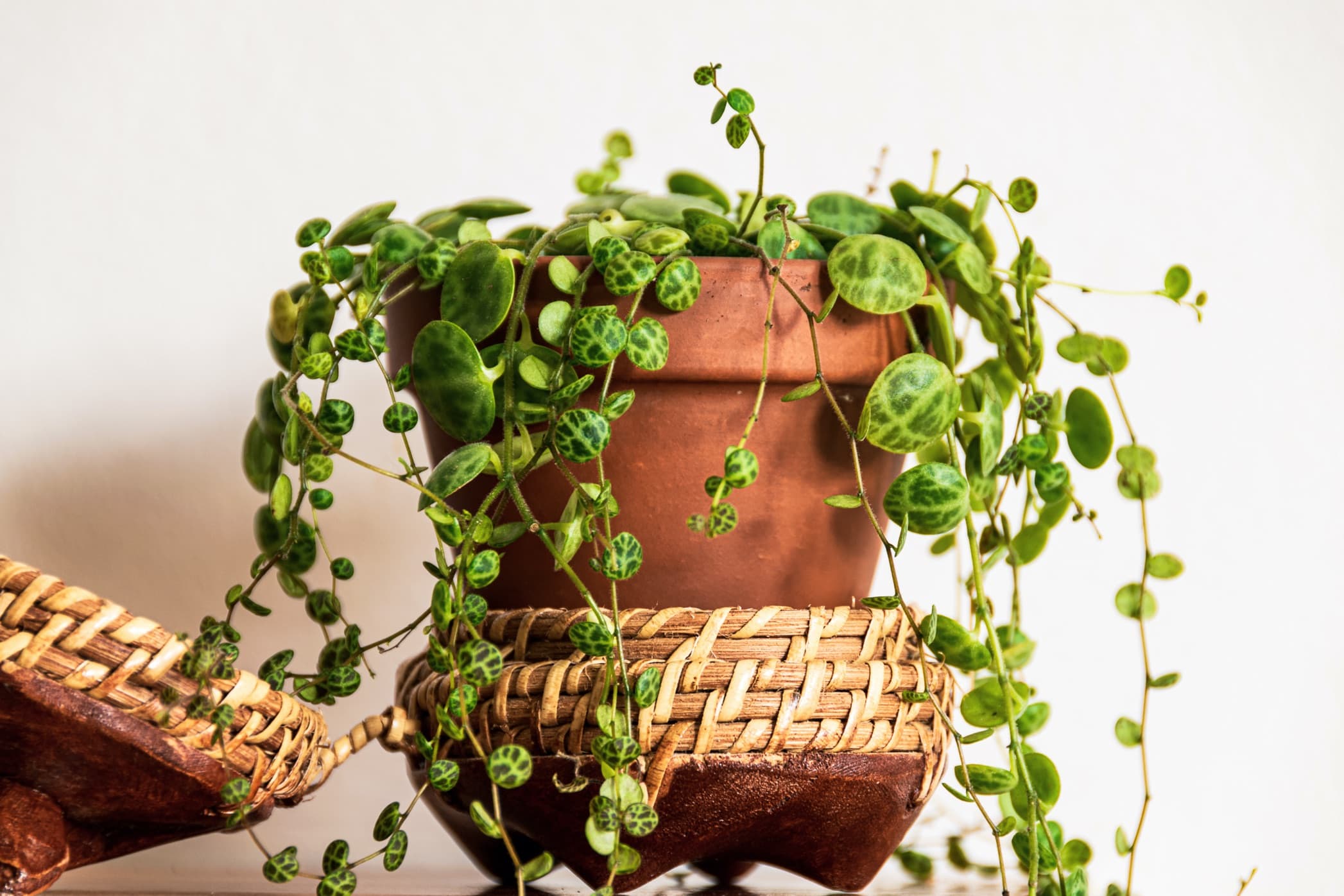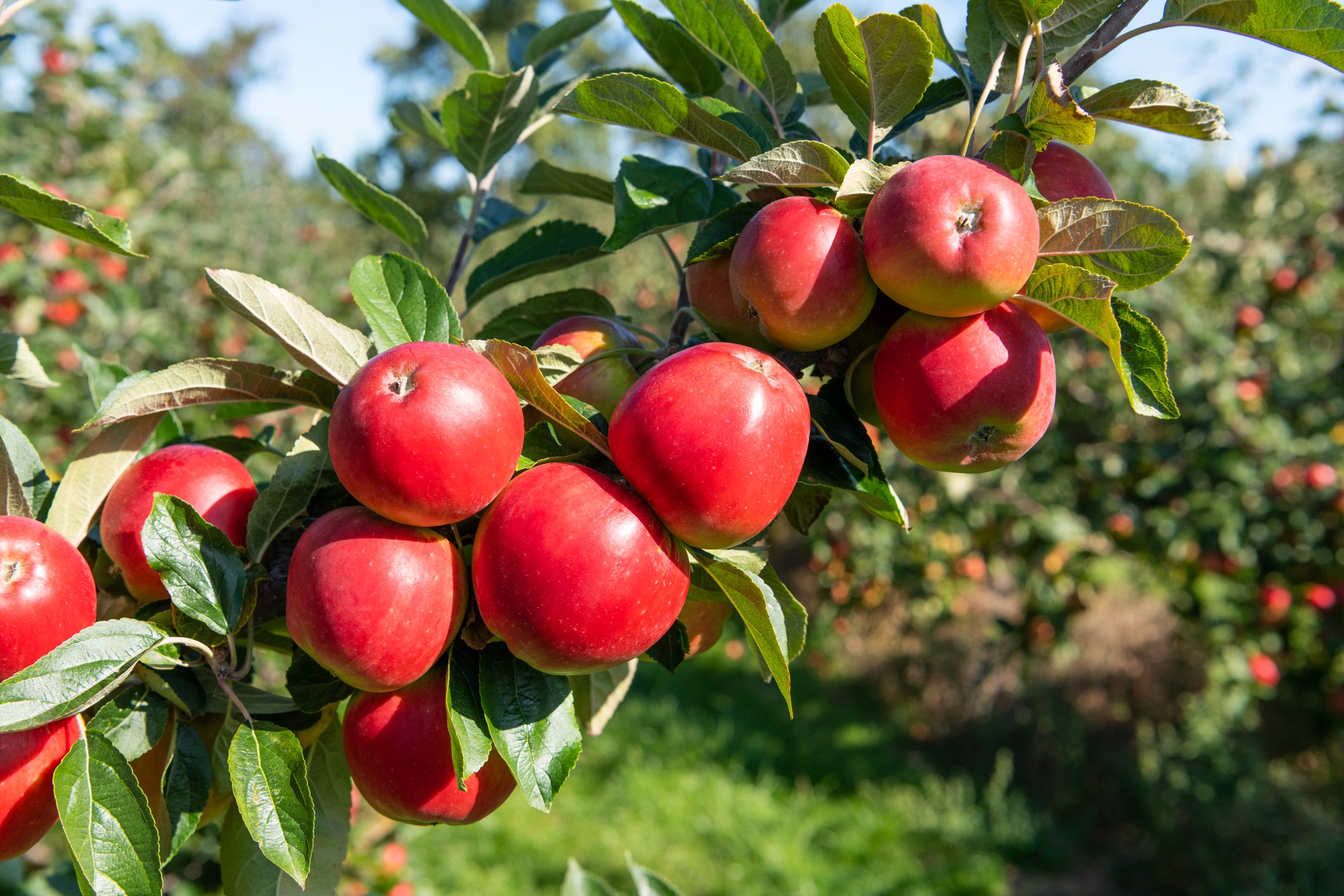Why Are Desert Plants Spiky
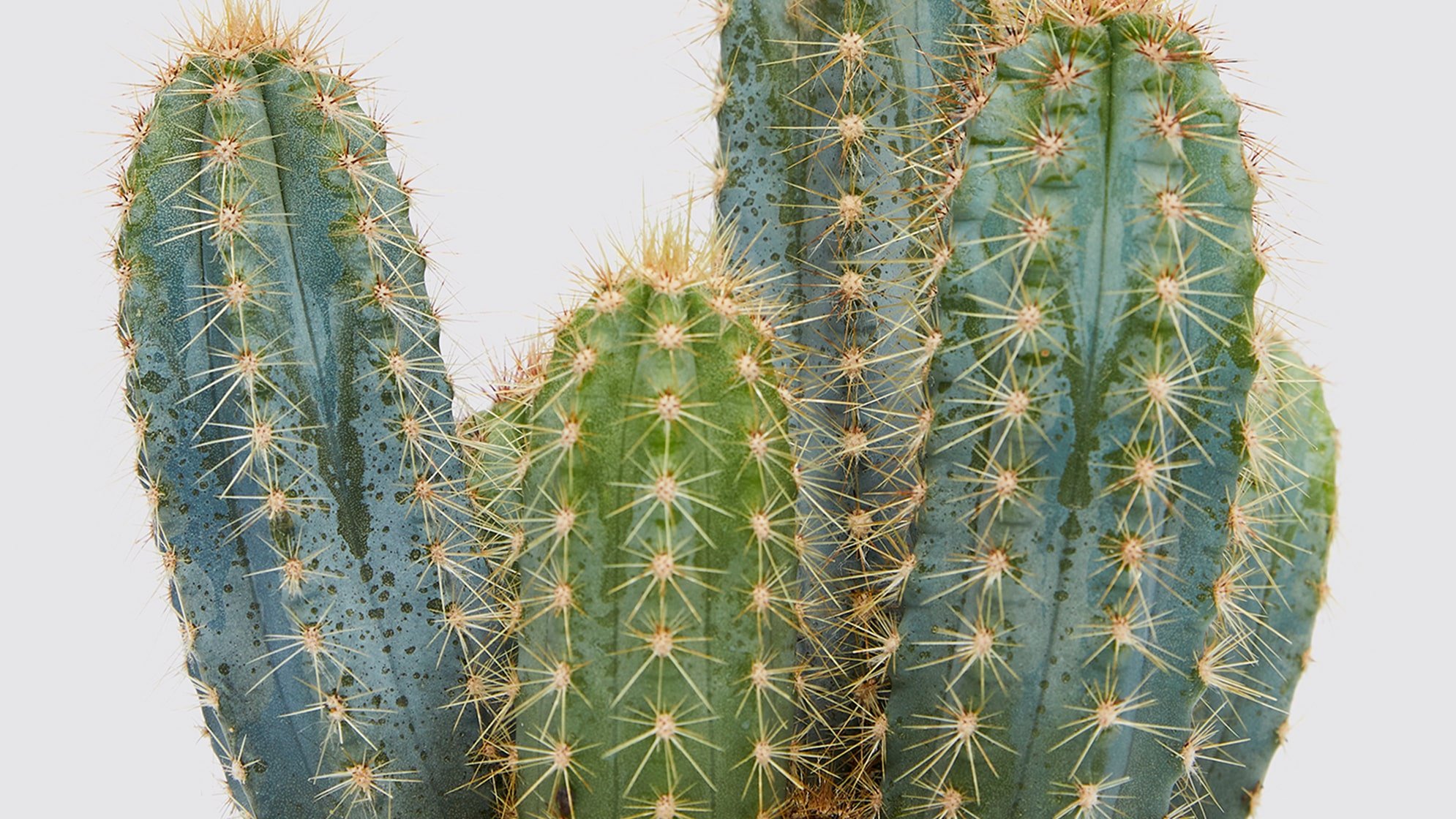
Table of Contents
When you move from the Gulf of Mexico to the Chihuahuan desert, it is certain that the style of vegetation changes drastically along with the landscape.
Desert plants are spiky plants. Whenever we go to desert areas, we can observe a significant change in the vegetation style. The plants in the desert region are different from those in the temperate and tropical zones. Cacti differ from oaks, cedars, pines, figs, and maple trees.
So, many of us wonder why this difference occurs and whether the spikes are similar to those of the thorns in the stems. From this blog, we will learn about why desert plants have spikes and spines.
Reasons: Occurrence of Spikes on Desert Plants
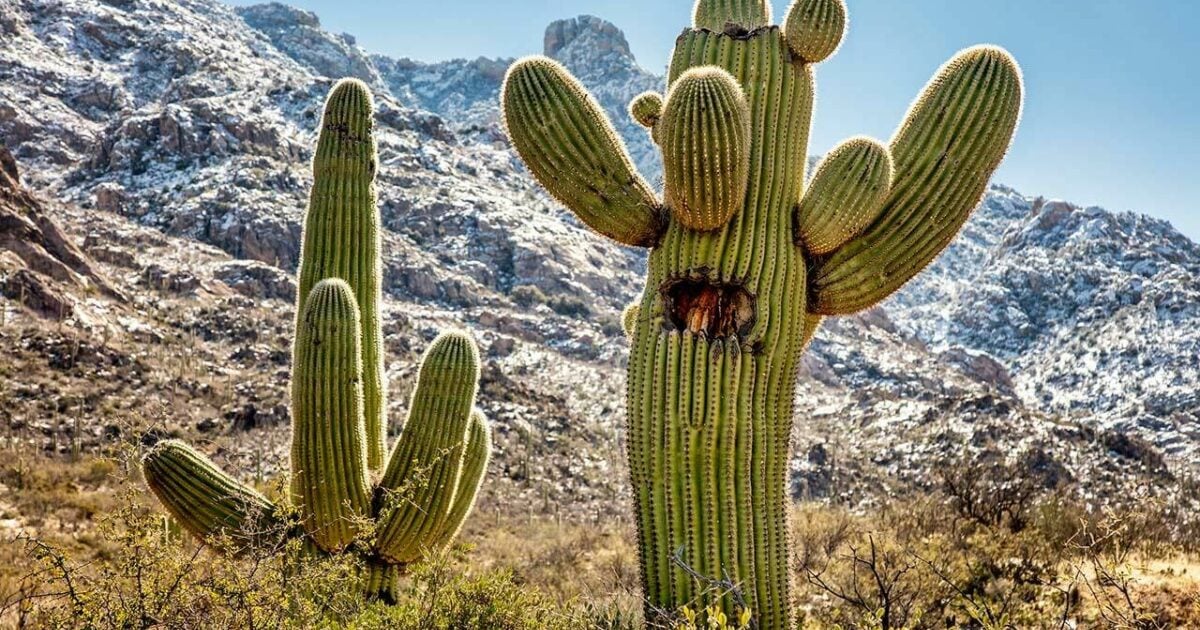
In the desert, you can find weathered trees, wildflowers, orange trees, Prickly Pear Cacti, Ficus, Tumbleweed, Saguaro Cactus, Mexican Poppies, etc. Plants in the tropics usually lose plenty of water through a process called transpiration. Transpiration is the circulation of water absorbed from the roots through the various parts of the plant and its consequent evaporation from the aerial parts like stems and leaves.
But, in the desert, water is scarce, and sometimes plants must sustain for days without rain and humidity. Hence, desert plants must lose less water through transpiration to survive long without humidity or rain. Thus, desert plants have structurally evolved to adapt better to the desert atmospheric conditions, and therefore, the three major characteristics of desert vegetation are:
- Desert plants have stems coated with a layer of thick wax-like substance to minimize water loss through transpiration.
- The surface area of leaves is minimized to prevent water loss through transpiration.
- The roots of desert plants run deep down in search of groundwater.
- These spikes act as defense mechanisms for the plant and discourage herbivores from eating the plants.
- Also, when the sun moves across the sky during the daytime, the spines cast shadows on the body of the cactus plant. This makes them shady little umbrellas that can shelter small animals and birds.
- Also, when the temperature drops at night and fog appears early in the morning, the water droplets condense on the spines. These droplets run down the spine to the plant’s stem and then get absorbed by the roots through the ground.
Morphology of The Spikes
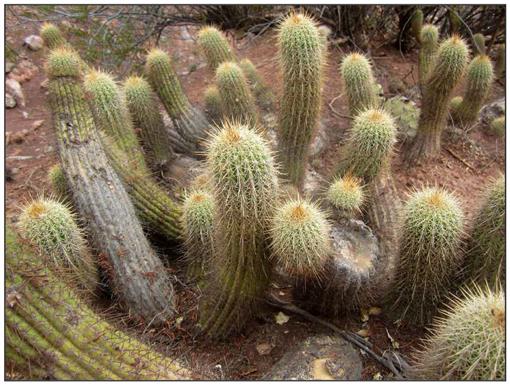
Botanists describe plants with spikes as spinescent. However, according to botanists, all spiny structures are not the same. There is a distinctive difference between the structure of spikes, thorns, and prickles that occur recurrently in plants all around the globe.
Desert plants like cacti have spines that develop from the leaf tissue, while thorns modify from the stem tissue. On the other hand, prickles are simple corky projections that are derived from the plant’s dermal tissue.
In the case of cacti, the entire leaves are modified into spines, while in the case of Acacia trees, the spines develop from the leaf stipules. In plants of some other family, like the Fouquieria family, the spikes are developed from leaf stalks.
When observed under the microscope, all kinds of spines are observed to be dead at maturity. The spines are also full of fibers, and they are no longer capable of transpiration and photosynthesis.
How to Care for Cacti and Succulents at Home?
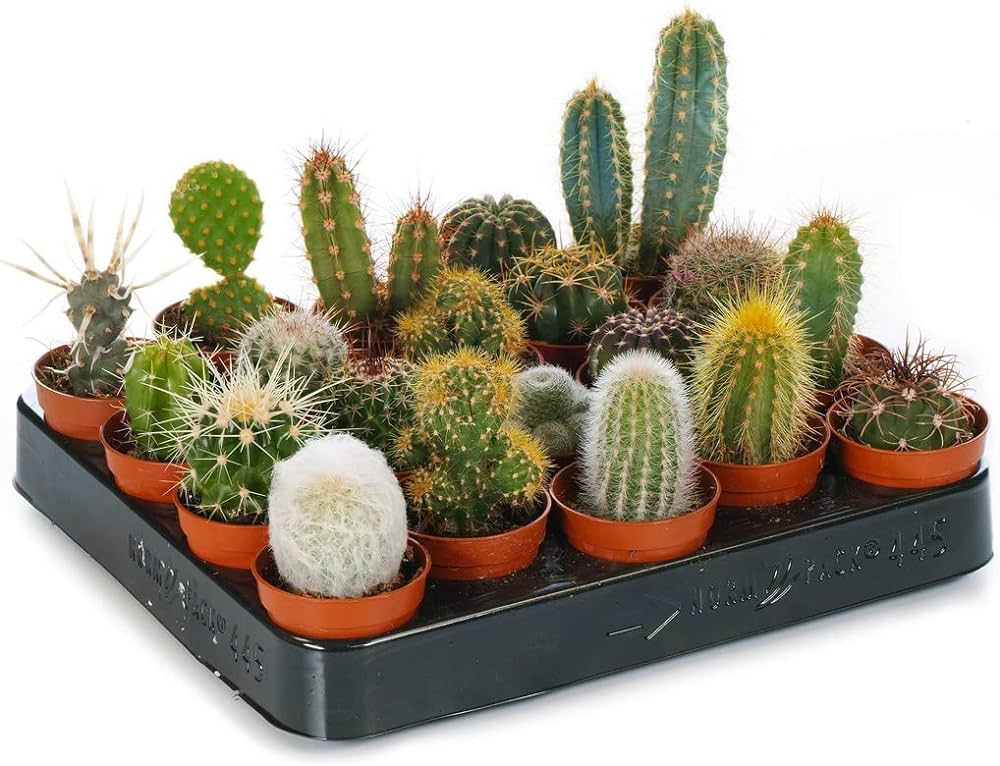
If you are not home frequently, then keeping desert vegetation is probably your best bet to have indoor plants and, at the same time, not be worried about them not surviving now and then. So, here are some tips as to how you can care for them properly at home.
1. Opt for Prickly Pear Cactus Variety
Cacti are beautiful green additions to your home interiors and suit people who are not available at the clock at their homes to care for the plants. These easy-to-care plants can be placed near the southeast or west-facing window sill to ensure they receive direct and complete sunlight from spring through fall.
Some easy-to-maintain cacti plants are prickly pear cactus, star cactus, hedgehog cactus, golden barrel cactus, and pincushion cactus.
2. Ensure Your Cacti Receive Enough Light
Cacti have an affinity for heat and thrive in direct sunlight. So, make sure to place them in the warmest and brightest corners of your home. But when the plant turns yellow or brown, you can consider removing it from direct light for a few days, as soaking too much sunlight will burn it.
3. Water Your Cacti and Succulents Properly
When the top layer of the soil is dry, or you observe wrinkles towards the base of the plant, your cacti need water. Water adequately as they tend to gulp down huge amounts of water readily. After this, ensure to empty the excess water from the pot to prevent the rotting of the roots. Watering the cactus plant every two weeks during the hot summer months is enough.
4. Choose the Right Soil and Fertilizers
To ensure healthy growth for the cacti, use soil that contains sand, silt, and gravel. This will keep the soil well-drained during the drinks and ensure that the root doesn’t rot due to excessive water.
Also, use fertilizers for succulents. Make sure you are diluting the fertilizer before application to prevent root burns. Also, water your cactus first before applying the fertilizer. Experts recommend fertilizing once during spring and once during summer.
5. Handle Your Cacti Safely
Although cacti are not poisonous, some may be allergic to them. So before bringing a spiky baby home, check if you’re prone to allergies.
Wear protective gloves when tending to your cactus. You can even utilize kitchen tongs for this purpose. When repotting your cactus, you can consider wrapping it in a newspaper or towel to save yourself from pricks.
Conclusion
So, this is all about why desert plants are spiky. The leaves modify into the spikes to close the pores to prevent transpiration. The stem bulges to retain food and water for the plant.
When you are keeping cacti at home, you can follow our tips to care for them correctly. Remember, if you have an outdoor space available, like a patio or porch, then you can place the plant outside to allow an ample amount of light for your cacti plant.
You don’t even need to water the plant, as occasional showers can provide the water needed for the plant to grow.

